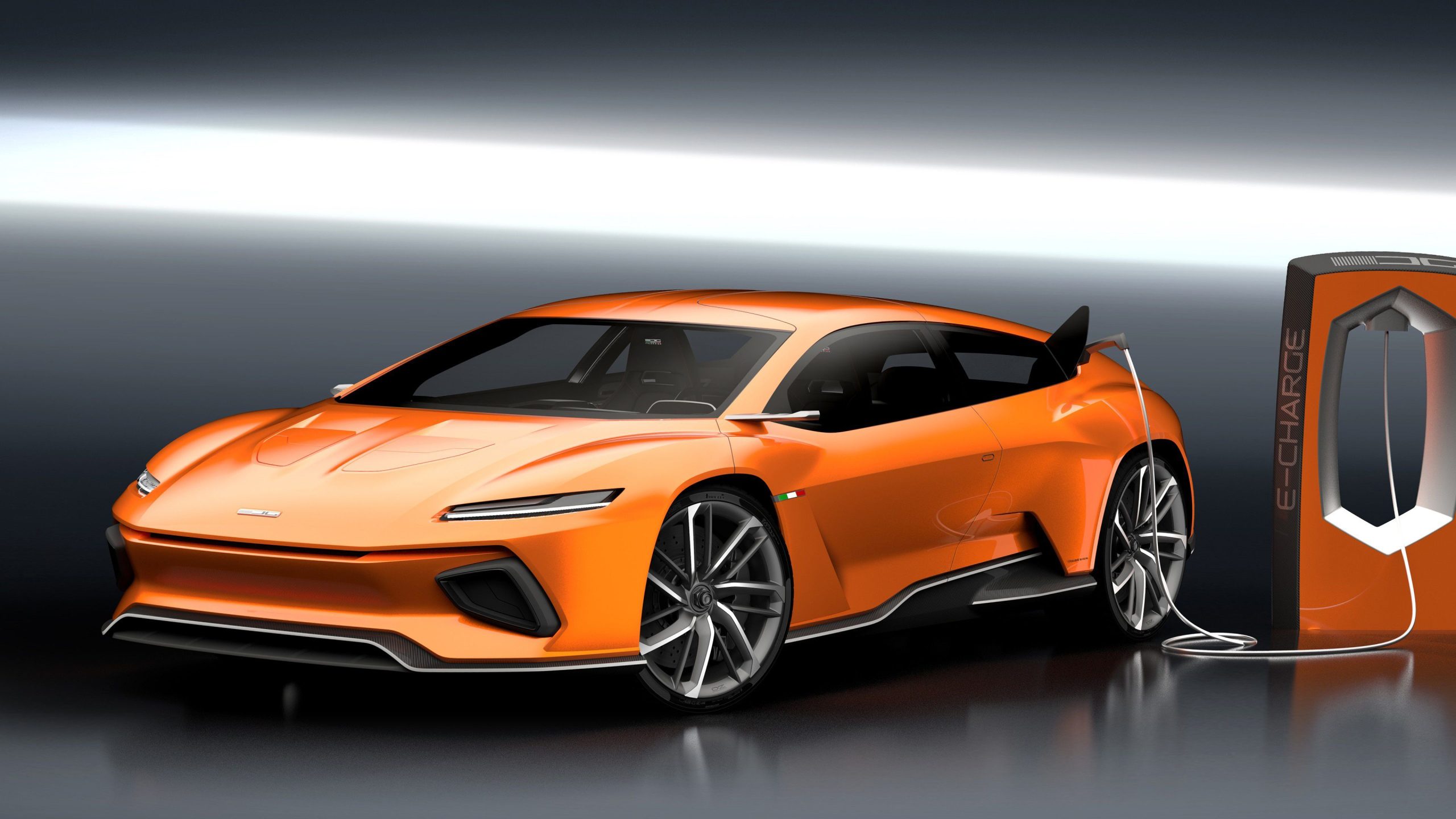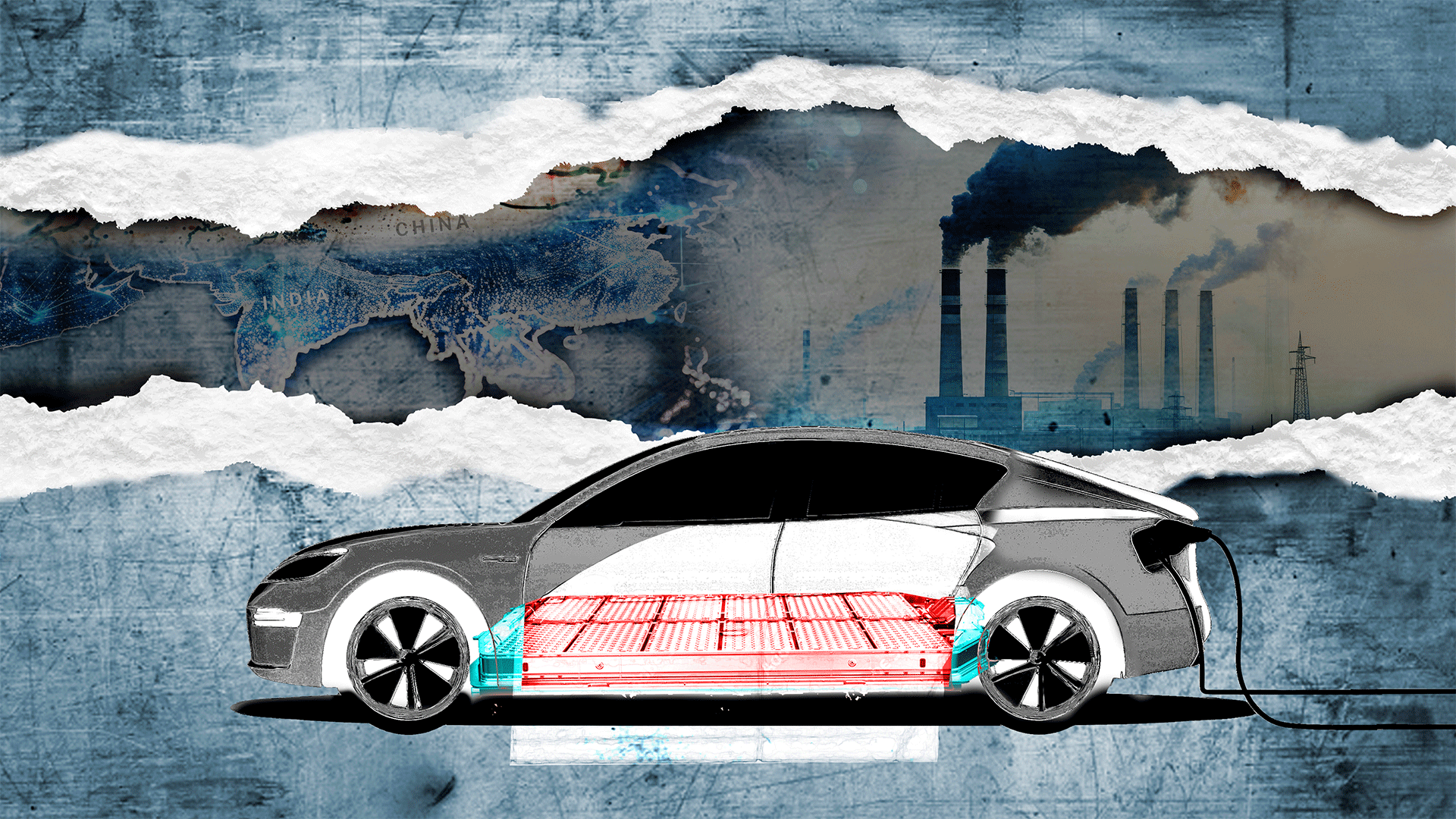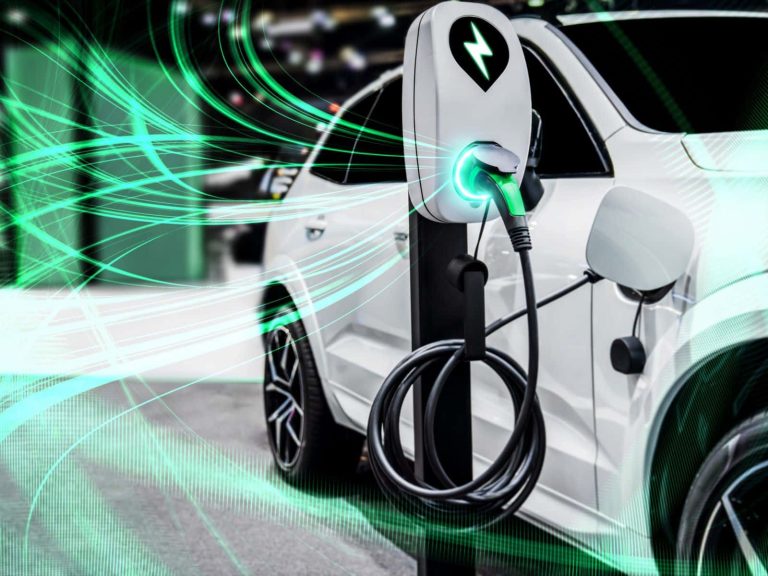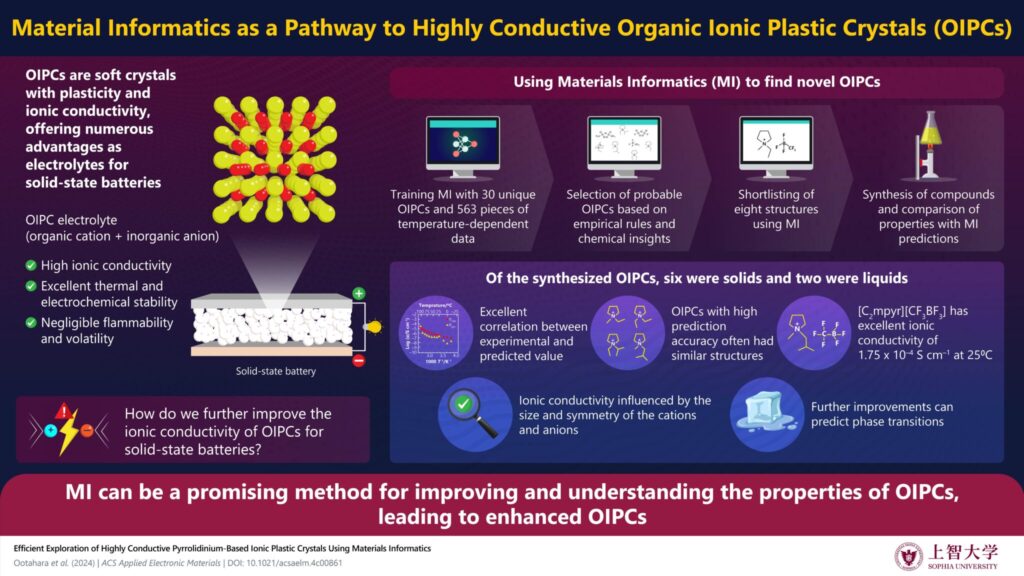The Dark Side of Electric Vehicles: Exploring Their Hidden Environmental Cost
Electric vehicles are often hailed as the solution to reducing global greenhouse gas emissions. However, their production process—particularly the refining of critical minerals for batteries—poses significant environmental challenges. Countries like China and India must address pollution risks tied to sulfur dioxide (SO2) emissions while balancing decarbonization goals with public health concerns.
Summary
- Electric vehicles (EVs) are critical to achieving global sustainability goals, but their production carries hidden environmental costs.
- The refining of materials like nickel and cobalt for EV batteries is a major source of sulfur dioxide (SO2) emissions.
- China and India face distinct challenges:
- China needs to clean up existing domestic EV supply chains.
- India has an opportunity to build a cleaner supply chain from the start.
- Sulfur dioxide is a precursor to fine particulate matter, linked to millions of premature deaths annually in both countries.
- Even if battery manufacturing is outsourced, pollution issues persist globally.
- Adopting lithium iron phosphate batteries could significantly reduce SO2 emissions.
- Policymakers must enforce strict air pollution standards to mitigate these challenges.
- The research emphasizes the importance of balancing clean energy advancements with minimizing harm to local communities.

Introduction
The electric vehicle (EV) revolution has become a cornerstone of the global fight against climate change. Promising to reduce greenhouse gas emissions and eliminate reliance on fossil fuels, EVs have rapidly gained popularity. Governments, corporations, and individuals alike are making significant investments in EV infrastructure and technology.
But as with any major technological transition, there are challenges. A recent study conducted by Princeton University sheds light on the lesser-discussed environmental consequences of EV production. Specifically, the study highlights how the process of refining materials for EV batteries can generate pollution hotspots, with devastating impacts on human health and the environment.
Environmental Costs of EV Battery Production
Critical Mineral Refining and SO2 Emissions
EV batteries require a range of critical minerals, including nickel, cobalt, and lithium. While these materials are essential for high-capacity battery performance, their production processes involve intensive chemical and thermal refining, releasing harmful byproducts such as sulfur dioxide (SO2).
The study found that domesticating EV supply chains could increase SO2 emissions in countries like China and India by 20%, creating pollution hotspots near battery manufacturing facilities.
Why SO2 Matters
Sulfur dioxide is not just an industrial byproduct—it’s a precursor to fine particulate matter, which poses severe health risks. Both China and India already face significant challenges in managing air quality, with millions of premature deaths linked to pollution each year.
- In 2019:
- 1.4 million deaths in China were attributed to fine particulate matter.
- 1.7 million deaths in India were linked to the same cause.
Case Study: China and India
China: Cleaning Up Existing Supply Chains
China is already a leader in EV production, with a well-established domestic supply chain. However, this means that much of the country’s manufacturing emissions—including those from refining critical battery materials—are concentrated locally.
To address this, China must focus on mitigating SO2 emissions from its battery manufacturing processes. While the country has made progress in controlling power-sector emissions, battery-related pollution remains an emerging challenge.
India: Building a Clean Supply Chain from Scratch
Unlike China, India is still in the early stages of EV supply chain development. This gives the country an opportunity to adopt cleaner practices from the outset.
India’s priorities include:
- Enforcing strict SO2 controls in the power sector.
- Leveraging technologies like flue-gas desulfurization to limit emissions from coal plants.
- Encouraging investments in cleaner battery manufacturing techniques.
Global Implications
The environmental consequences of EV production are not confined to individual countries. As global demand for EVs continues to rise, the risks associated with battery manufacturing pollution will become increasingly universal.
Outsourcing Pollution
Even if countries like India and China choose to outsource battery production, the underlying pollution challenges will persist. This underscores the need for global collaboration and proactive policies to address the environmental tradeoffs of EV adoption.
Alternative Battery Chemistries
One promising solution lies in the development of alternative battery chemistries, such as lithium iron phosphate (LFP) batteries. These batteries rely on more abundant materials, avoiding the intensive refining processes required for nickel and cobalt.
| Battery Type | Key Materials | Environmental Impact |
|---|---|---|
| Lithium-Ion (Traditional) | Nickel, Cobalt, Lithium | High SO2 emissions from refining |
| Lithium Iron Phosphate (LFP) | Iron, Phosphate, Lithium | Lower emissions and less toxicity |
Human-Centered Decarbonization
The study’s authors emphasize the importance of keeping people at the forefront of decarbonization efforts. Technologies like EVs hold great promise, but their adoption must not come at the expense of local communities near manufacturing hubs.
Policy Recommendations
To address these challenges, the researchers propose several actionable solutions:
- Enforce strict air pollution standards for battery manufacturing processes.
- Incentivize the adoption of alternative battery chemistries like LFP batteries.
- Develop global frameworks for managing supply chain pollution.

Facts About EVs
- The first electric car was invented in the 1830s, long before gasoline-powered vehicles.
- Lithium-ion batteries in EVs can be recycled, reducing waste and conserving resources.
- By 2030, EVs are expected to account for over 30% of new car sales worldwide.
Table: Comparing EV and Gasoline Cars
| Metric | Electric Vehicles | Gasoline Cars |
|---|---|---|
| Emissions During Use | Zero tailpipe emissions | High CO2 and NOx emissions |
| Production Impact | High SO2 emissions from batteries | Lower overall manufacturing |
| Fueling Costs | Low (electricity) | High (gasoline) |
| Maintenance | Lower (fewer moving parts) | Higher (complex engine systems) |
While electric vehicles represent a significant step forward in combating climate change, their production processes come with unintended consequences. From sulfur dioxide emissions to global supply chain challenges, policymakers, researchers, and industries must work together to minimize these impacts. By addressing these hidden costs, we can ensure that the transition to EVs benefits not just the planet but also the people who inhabit it.





